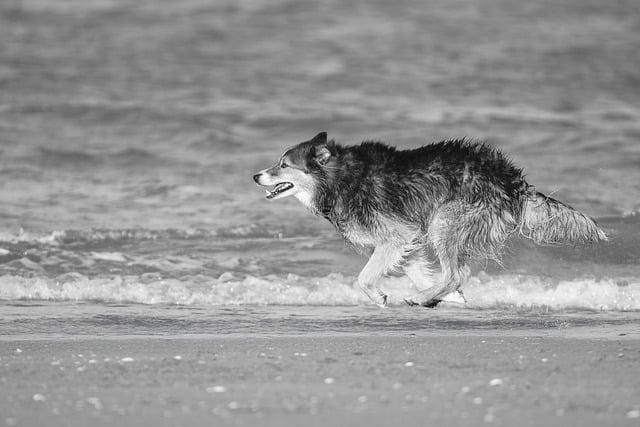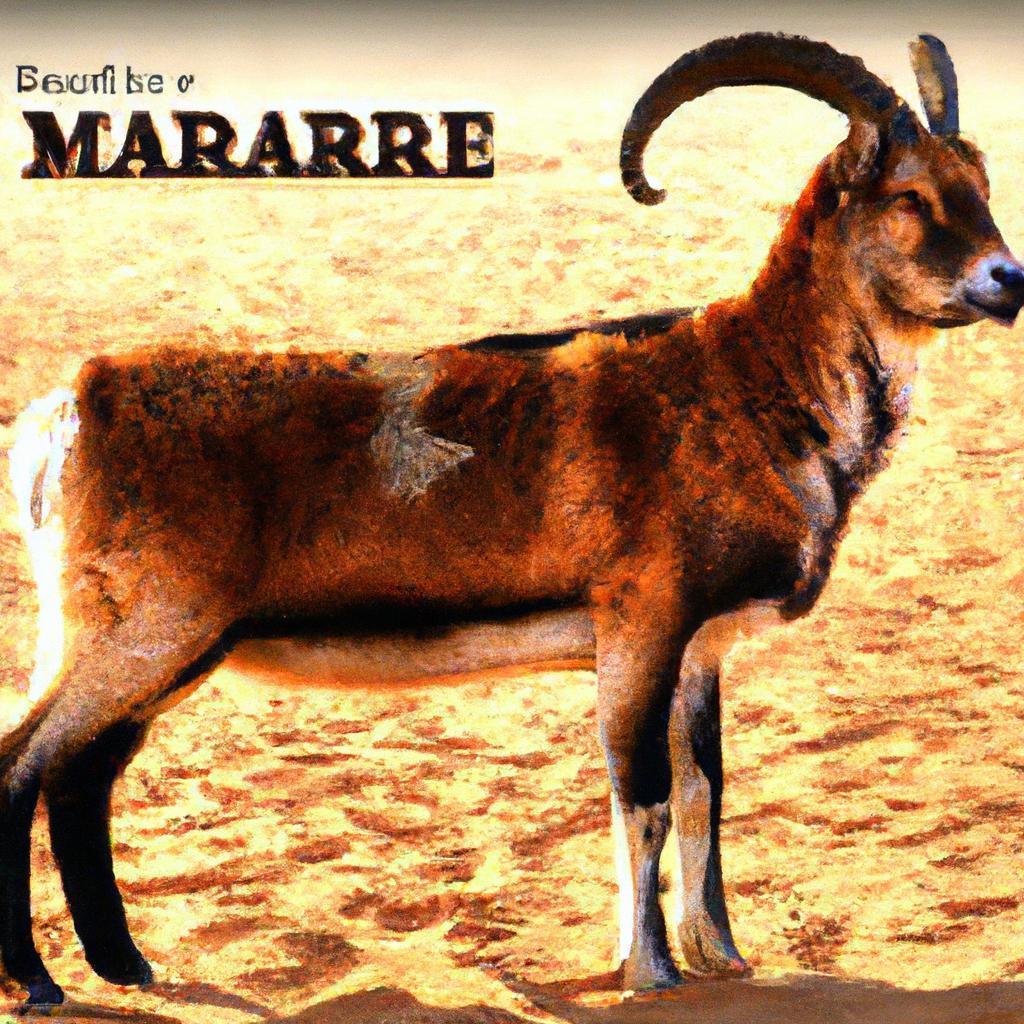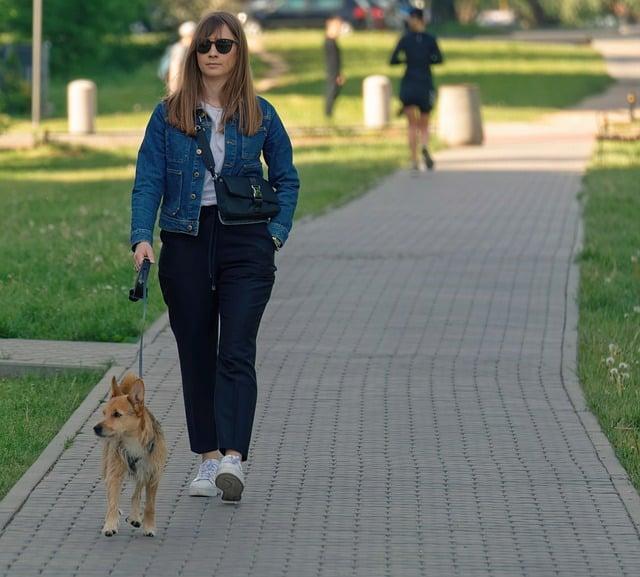Once upon a time in a quiet town, a gentle giant named Max roamed the streets. Max was a Great Dane, towering over most dogs but possessing a heart as big as his stature. Children flocked to him, drawn by his friendly demeanor and playful spirit. One day, a lost puppy wandered into the park, trembling with fear. Max approached slowly, offering his massive paw as a sign of friendship. In that moment, the townsfolk realized: the biggest dog can also be the nicest. Choosing a gentle giant like Max not only brings joy but also teaches us the true meaning of kindness.
Contents
- Understanding the Characteristics of the Largest Dog Breeds
- Evaluating Temperament and Behavior in Big Dogs
- Essential Care and Maintenance for Large Canine Companions
- Choosing the Right Big Dog for Your Lifestyle and Environment
- Q&A
Understanding the Characteristics of the Largest Dog Breeds
When exploring the realm of the largest dog breeds, it’s essential to recognize that size often comes with a unique set of characteristics that define their temperament and behavior. These gentle giants are not only impressive in stature but also possess a remarkable capacity for affection and loyalty. Many of the largest breeds, such as the Great Dane and the Mastiff, are known for their calm demeanor and friendly nature, making them excellent companions for families and individuals alike.
One of the most striking features of these breeds is their **gentle disposition**. Despite their imposing size, many of the largest dogs are surprisingly gentle and patient. For instance, the Newfoundland is renowned for its sweet temperament and is often referred to as a “gentle giant.” Their friendly nature makes them particularly good with children, as they tend to be protective and nurturing, ensuring a safe environment for young ones to play.
Moreover, the **intelligence** of these breeds cannot be overlooked. Many of the largest dog breeds are highly trainable and eager to please their owners. Breeds like the Bernese Mountain Dog and the Irish Wolfhound are not only large but also possess a keen ability to learn commands and perform tasks. This intelligence, combined with their affectionate nature, makes them ideal candidates for therapy and service roles, where their size can be an asset in providing support and comfort.
Lastly, it’s important to consider the **physical needs** of these large breeds. While they may be low-key and affectionate, they require regular exercise and mental stimulation to maintain their health and happiness. Engaging them in activities such as long walks, swimming, or even agility training can help keep them fit and content. Understanding these needs is crucial for any potential owner, as it ensures that these magnificent dogs can thrive in a loving and active environment.
Evaluating Temperament and Behavior in Big Dogs
When considering the temperament and behavior of large dog breeds, it’s essential to recognize that size does not dictate personality. Many big dogs are known for their gentle and affectionate nature, making them ideal companions for families and individuals alike. Understanding the unique characteristics of these breeds can help potential owners make informed decisions about which dog might be the best fit for their lifestyle.
Several factors contribute to the temperament of large dogs, including genetics, early socialization, and training. Breeds such as the Newfoundland, Bernese Mountain Dog, and Great Dane are often celebrated for their friendly dispositions. These dogs typically exhibit traits such as:
- Affectionate nature: Many large breeds thrive on human interaction and are known for their loving behavior.
- Gentle demeanor: Despite their size, many big dogs are surprisingly gentle, making them great with children and other pets.
- Protective instincts: Large dogs often have a natural instinct to protect their families, providing both companionship and security.
Socialization plays a crucial role in shaping a big dog’s behavior. Early exposure to various environments, people, and other animals can help mitigate any potential behavioral issues. Owners should prioritize positive experiences during the critical developmental stages, as this can lead to a well-adjusted adult dog. Regular training sessions, combined with social outings, can reinforce good behavior and strengthen the bond between the dog and its owner.
Moreover, understanding the specific needs of large breeds is vital for fostering a positive temperament. These dogs often require ample exercise, mental stimulation, and consistent training to thrive. Engaging in activities such as obedience training, agility courses, or even simple playtime in the yard can significantly enhance their behavior and overall happiness. By investing time and effort into their upbringing, owners can ensure that their big dogs not only grow into well-mannered companions but also embody the affectionate and gentle nature that makes them so beloved.
Essential Care and Maintenance for Large Canine Companions
Caring for large canine companions requires a dedicated approach to ensure their health and happiness. **Regular exercise** is paramount; these dogs thrive on physical activity that not only keeps them fit but also stimulates their minds. Aim for at least an hour of vigorous exercise each day, which can include walks, runs, or playtime in a secure area. Incorporating activities like fetch or agility training can also enhance their physical and mental well-being.
Nutrition plays a crucial role in the care of large breeds. **High-quality dog food** formulated for larger dogs is essential to meet their specific dietary needs. Look for options that contain a balanced mix of proteins, fats, and carbohydrates, along with essential vitamins and minerals. Be mindful of portion sizes to prevent obesity, which can lead to serious health issues. Consulting with a veterinarian can help you determine the best diet tailored to your dog’s age, weight, and activity level.
Regular veterinary check-ups are vital for maintaining your dog’s health. **Preventive care** such as vaccinations, dental cleanings, and parasite control can help catch potential issues early. Large breeds are prone to certain health conditions, including hip dysplasia and heart problems, so monitoring their health closely is essential. Establishing a routine with your vet will ensure that your furry friend receives the best possible care throughout their life.
Lastly, grooming is an important aspect of care that should not be overlooked. **Regular brushing** helps to manage shedding and keeps their coat healthy. Depending on the breed, you may also need to schedule professional grooming sessions to maintain their appearance and hygiene. Additionally, pay attention to their nails, ears, and teeth; regular maintenance in these areas can prevent discomfort and health issues down the line. A well-groomed dog is not only healthier but also more comfortable and happy.
Choosing the Right Big Dog for Your Lifestyle and Environment
When considering a large dog, it’s essential to align your choice with your lifestyle and living environment. Big dogs can bring immense joy and companionship, but they also require specific conditions to thrive. **Assess your living space**: Do you have a large home with a spacious yard, or are you in a smaller apartment? Large breeds typically need room to roam and play, so ensure your environment can accommodate their size and energy levels.
Another crucial factor is **activity level**. Different breeds have varying exercise needs, and understanding these requirements will help you choose a dog that fits seamlessly into your daily routine. For instance, breeds like the **Labrador Retriever** and **Golden Retriever** are known for their playful nature and need for regular exercise, while others, like the **Newfoundland**, may be more laid-back. Consider your own activity level and how much time you can dedicate to walks, playtime, and training.
Additionally, think about your **family dynamics**. If you have young children or other pets, certain breeds are known for their gentle temperament and compatibility with families. Breeds such as the **Bernese Mountain Dog** and **Irish Wolfhound** are often praised for their friendly nature and patience with kids. On the other hand, some large breeds may have a more dominant personality and require experienced handling, so it’s vital to match the dog’s temperament with your household’s needs.
Lastly, consider the **commitment involved** in caring for a large dog. Bigger breeds often come with higher food costs, grooming needs, and potential health issues. Researching the specific breed’s requirements and potential challenges will prepare you for the responsibilities ahead. By taking the time to evaluate these factors, you can ensure that your choice of a big dog not only enhances your life but also provides a loving and stable environment for your new furry friend.
Q&A
-
What is the biggest dog breed?
The Great Dane holds the title for the biggest dog breed in the world. Males can reach heights of up to 34 inches and weigh between 140 to 175 pounds. Their impressive stature combined with a gentle demeanor makes them a favorite among dog lovers.
-
Are big dogs friendly?
Many large dog breeds, including the Newfoundland and the Bernese Mountain Dog, are known for their friendly and gentle nature. Their size often belies their temperament, making them excellent family pets and companions.
-
What are the best large dog breeds for families?
Some of the best large dog breeds for families include:
- Golden Retriever – Known for their friendly and tolerant attitude.
- Labrador Retriever – Highly sociable and great with children.
- Newfoundland – Gentle giants that are excellent with kids.
- Bernese Mountain Dog – Affectionate and good-natured.
-
Do large dogs require more space?
Yes, larger dogs typically require more space to move around comfortably. A spacious home with a yard is ideal, but they can also adapt to apartment living if they receive regular exercise and mental stimulation.
the biggest, nicest dog is not just a gentle giant; it’s a loyal companion that enriches our lives. Choosing such a breed means embracing love, protection, and joy. Consider welcoming one into your home for an unparalleled bond.

大家好,我是彼得潘,專業的手法身體治療師。我喜歡探索和研究各種主題,並透過與人工智慧的合作分享專業、實用、有趣的文章。我們定期進行人工審核,以確保內容的準確性。如果您發現文章中有任何不準確的地方,請隨時與我們聯繫,我們會及時糾正。您可以透過 [email protected] 與我們聯繫。



